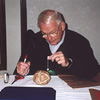Super-Kamiokande is a 50,000 ton water Cerenkov detector located at a depth of 2700 meters water equivalent in the Kamioka Mozumi mine in Japan.
Click on image for full size
Image courtesy of the University of Maryland
The Super Kamiokande
Super-Kamiokande is a water Cerenkov detector located in the
Kamioka Mozumi mine in Japan. Its use includes proton decay studies, neutrino detection
(from the Sun, the atmosphere and supernovae) and muon detection from cosmic
rays. It is the world's largest
underground neutrino detector experiment (built under a joint Japan-US collaboration).
Super-Kamiokande is a big
cylindrical tank
filled with water. Its dimensions are about 40 m in diameter and 40 m in
height. The (
walls are covered with (about 13,000)
photomultiplier tubes (PMT's).
These are very sensitive devices that produce an electrical signal
when they detect light. Their sensitivity is so high that
they can detect a single photon.
You might also be interested in:

Some materials are radioactive. They emit radiation. When an atom of a radioactive substance emits radiation, it is transformed to a new type of atom. This process is called radioactive decay. There are
...more
All of the matter and energy in the Universe was initially confined in a very small region until an enormous explosion occurred, causing the Universe to expand. This expansion continues today.
...more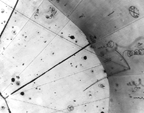
The neutrino is an extremely light (and possibly massless) neutral particle. The neutrino belongs to the family of leptons, the particles that interact through the so-called weak force. For this reason
...more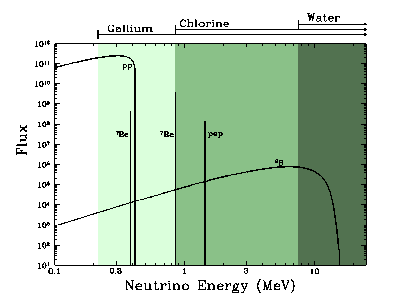
Theories about fusion inside the solar core predict the number of neutrinos that should reach Earth. Experiments on Earth have been set up to detect solar neutrinos in order to test the validity of these
...more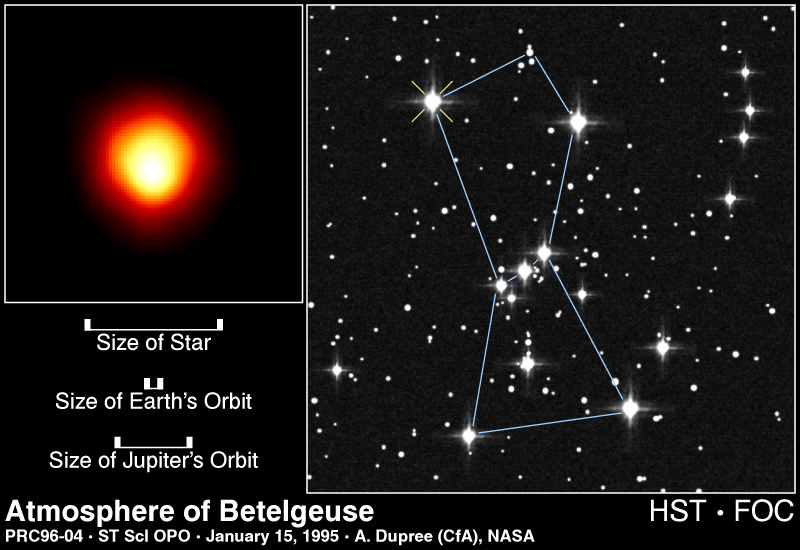
When the temperature in the core of a star reaches 100 million degrees Kelvin fusion of Helium into Carbon occurs (three Helium nuclei combine to form a nucleus of Carbon). In the same range of temperature
...more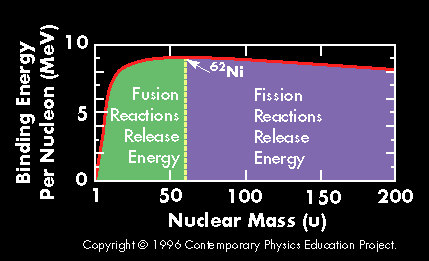
A plot of the binding energy per nucleon vs. atomic mass shows a peak atomic number 56 (Iron). Elements with atomic mass less then 56 release energy if formed as a result of a fusion reaction. Above this
...more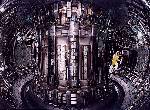
There are several experiments worldwide where the conditions for nuclear fusion reactions have been achieved in a controlled manner. The two main approaches that are being explored are magnetic confinement
...more



